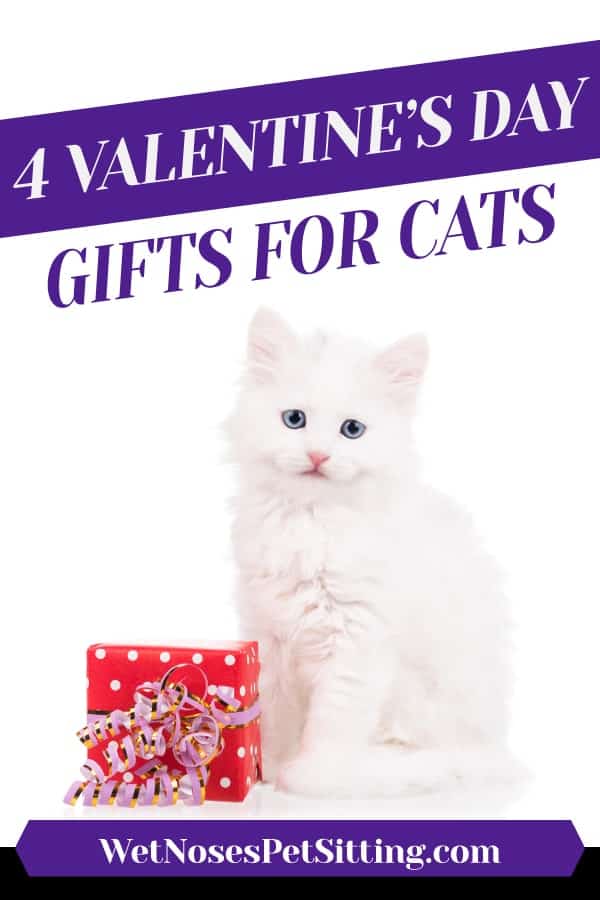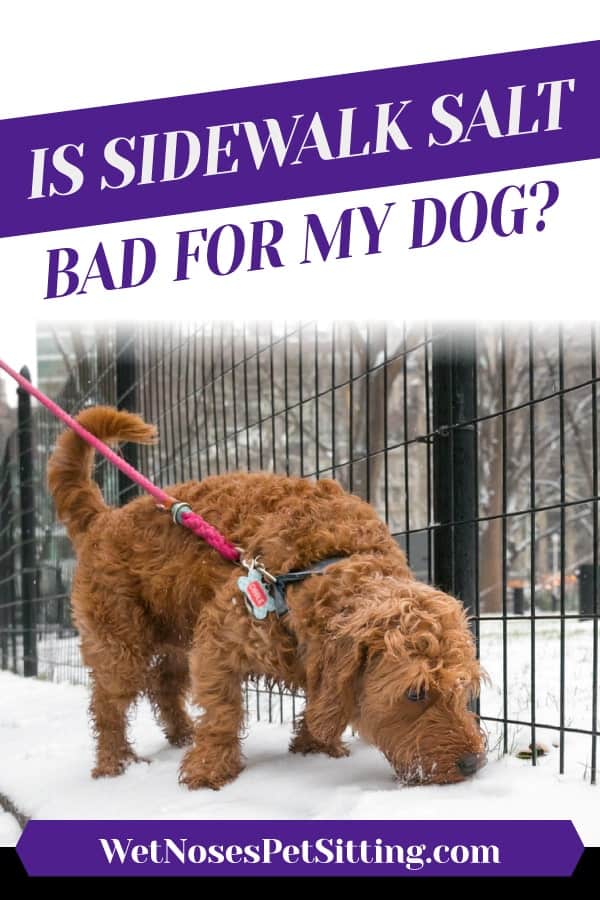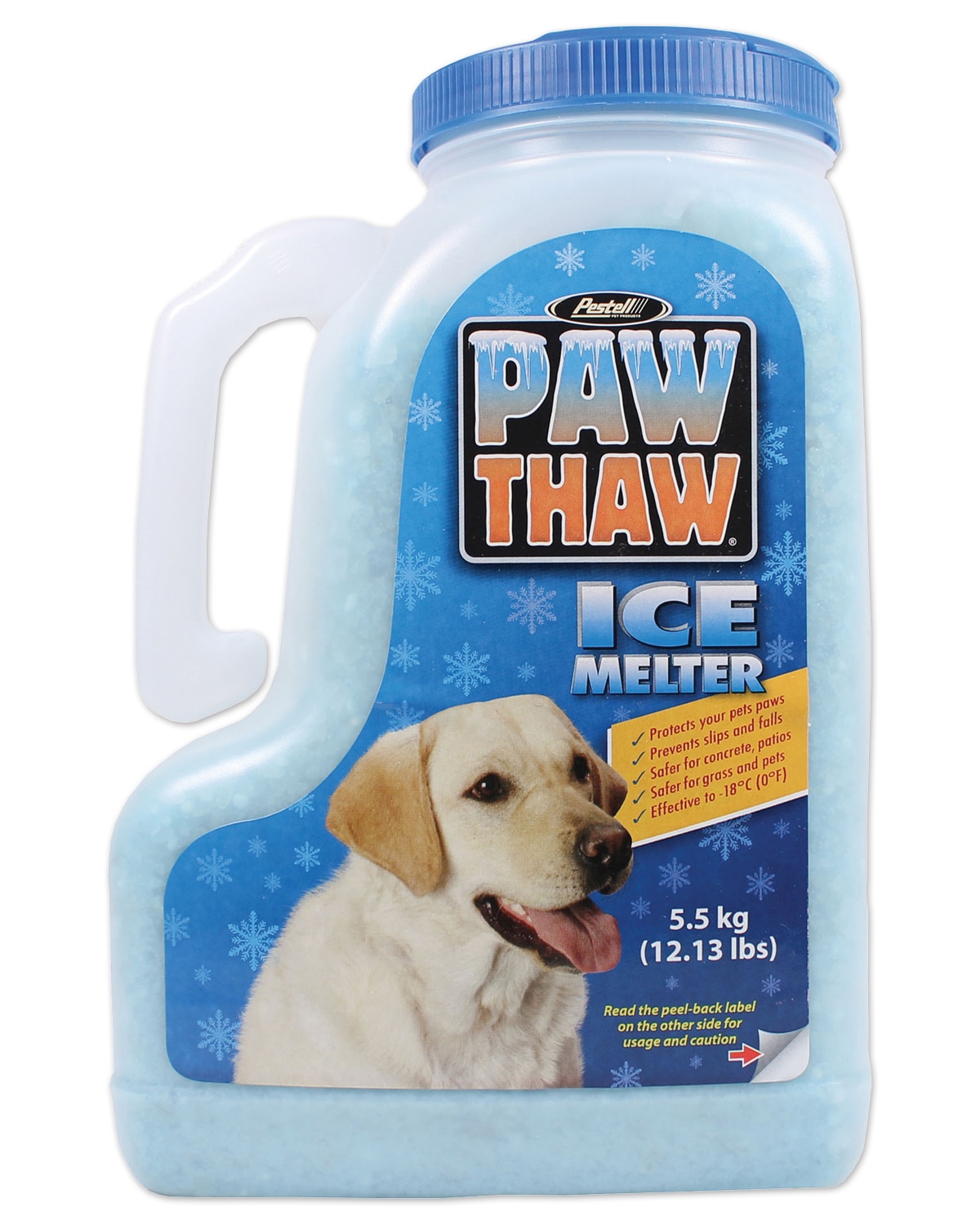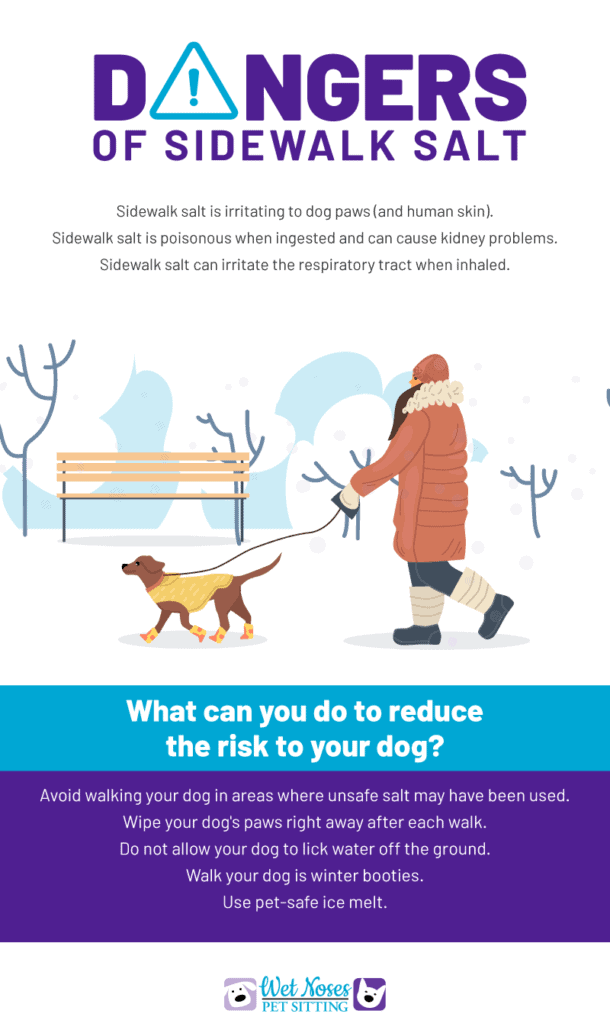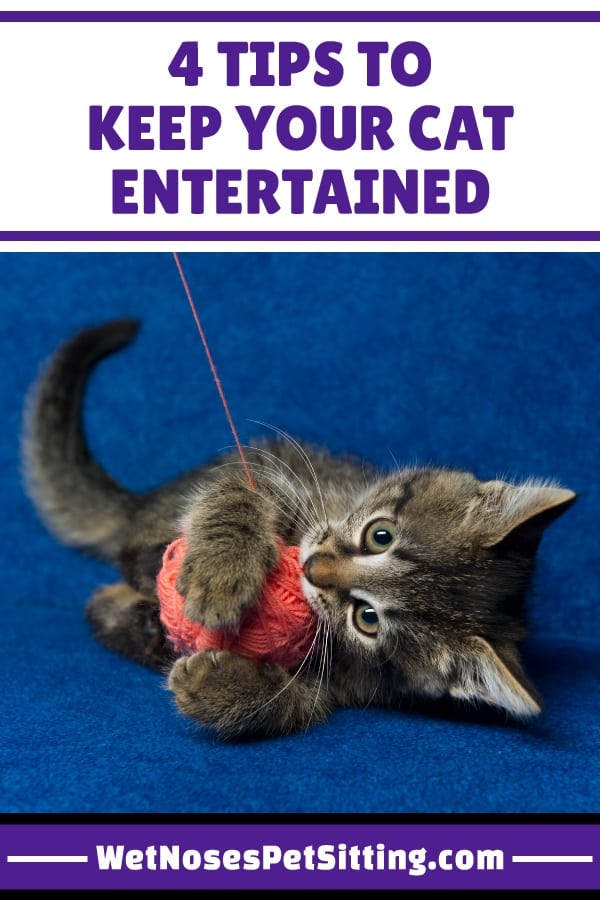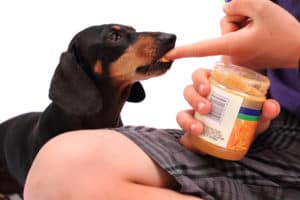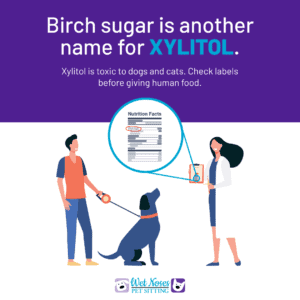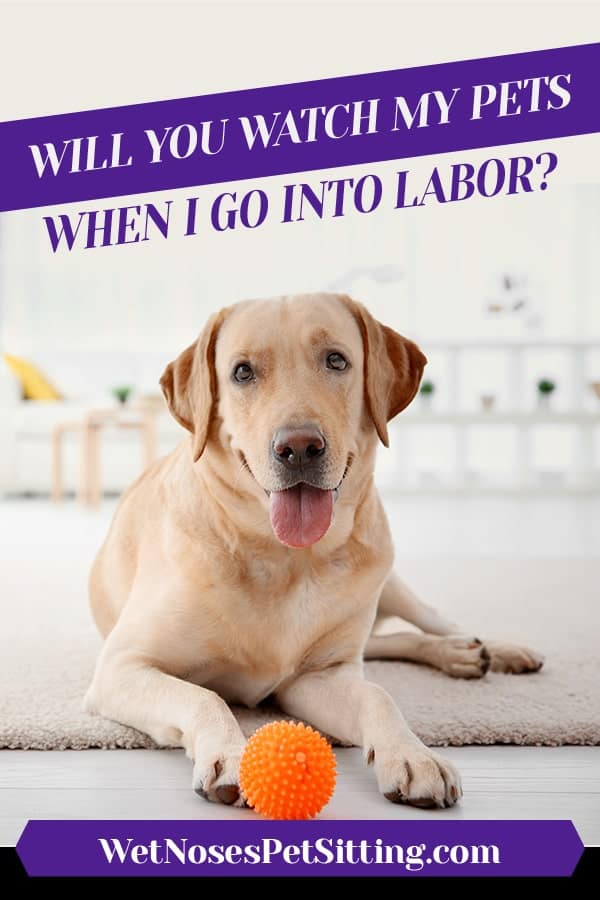How Does Overnight Pet Sitting Work?
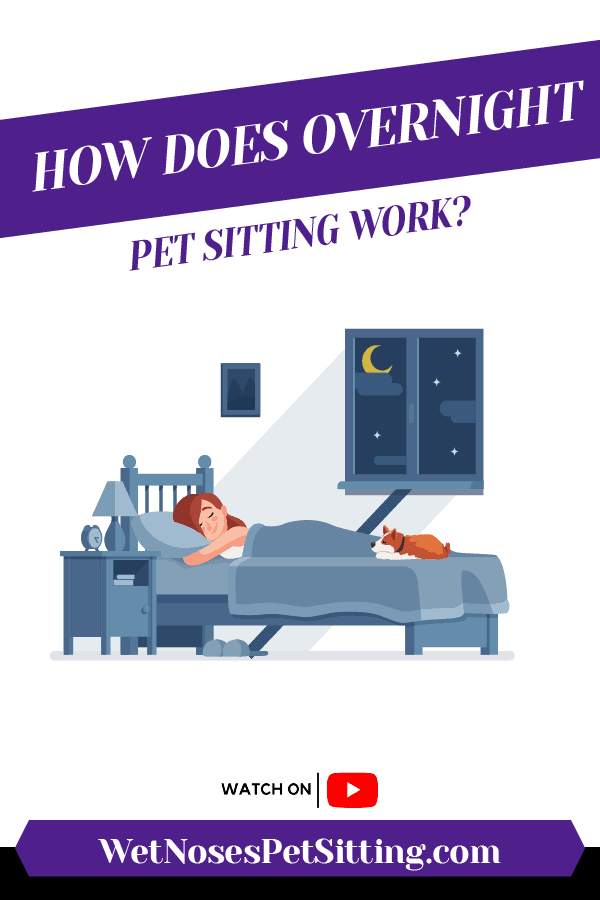
For people who have never used a pet sitter, the idea of having overnight pet sitting can be a little daunting! Here we try to explain everything you need to know so you can decide if overnight pet sitting is right for you and your fur kids.
How Long are Overnight Stays?
At Wet Noses Pet Sitting, we offer two different overnights:
- Standard Overnight which is 9-10 hours long
- Extended Overnight which is 12 hours long, usually 7pm-7am
In most cases, unless you have a dog door or only have cats, we also require a visit during the day. We can help you choose visits that are best for you.
What Animals Need Overnight Stays?
We most commonly see overnight stays being used for dogs, but that is not to say that some cats do not appreciate them! If you have pets that are used to, and enjoy, company in the evenings, then overnights would be a good fit. You also may have pets that need to monitored more closely due to heath problems, or are young and exuberant and need more exercise! I have an older cat that likes to sleep on the bed next to a person, so even when we take the dog with us, we still get an overnight sitter.
What Happens During an Overnight Stay?
Depending on whether you chose a Standard or Extended Overnight, the sitter will have varying amounts of time.
- During a Standard Overnight, the sitter will have enough time for feeding, medications and a quick walk. The same basic activities that happen during a pet sitting visit.
- During an Extended Overnight, the sitters usually arrive between 7-8pm. This allows them time for playtime, a longer walk, plant watering and extra cuddling! During these longer overnights the sitter will generally spend the extra time hanging out with your pets and keeping them company. For households with a lot of pets, this extra time also allows the sitter to perform any additional tasks that are hard to complete during the day visits.
Where Does the Sitter Sleep?
The sitter can sleep wherever you are comfortable, but we often recommend that the sitter sleep in the room your animals are most accustomed to. The sitter can sleep in your bed, in a guest room or on a comfortable couch. Some animals do not mind where your sitter sleeps, but if you have a dog or a cat that has a specific routine, you should consider sticking with the normal bedroom.
Some clients will wash the sheets before leaving, especially for longer trips. Then the sitter will wash the sheets before you return. Some sitters prefer to bring their own bedding. These are details you can work out with your sitter during the introductory meeting. If you want to learn more about this specific topic, see our post here.
Still Having Trouble Deciding?
We have written up suggested schedules depending on what pets you have. Shy cats have very different needs than active dogs. Or Call Us to discuss schedules based on the specific needs of your pets!

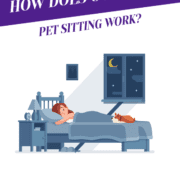


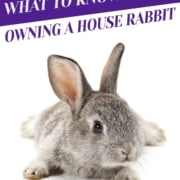
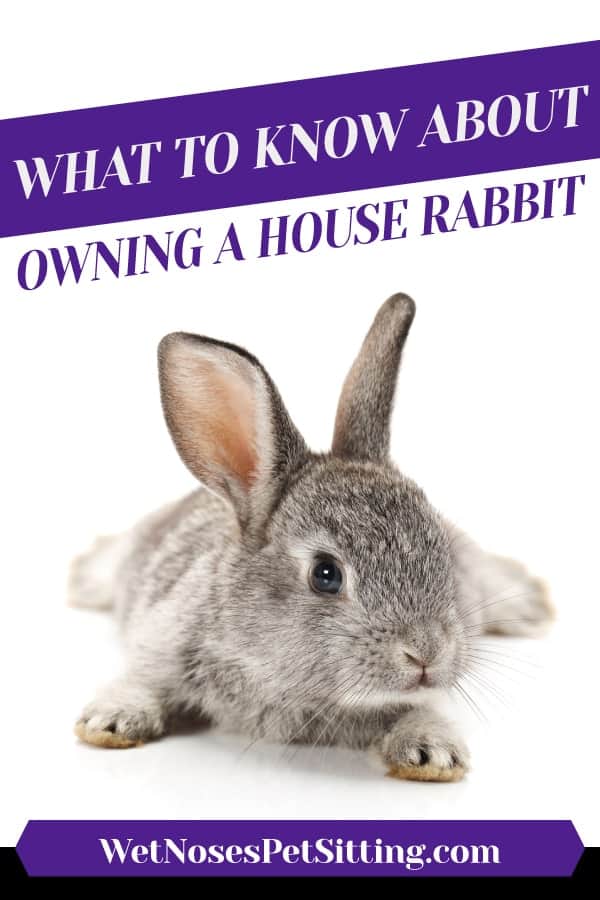
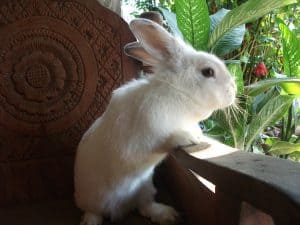 his is the season of the rabbit. It’s spring and the Easter Bunny is everywhere you look. And what’s not to love about fluffy little bunnies? With their adorable twitching noses, soft fluffy ears and gentle disposition. There is just so much to love! That’s why this is the busiest season for house rabbit adoption. And having a rabbit is very rewarding, but there are some things you should know before adopting one of your own. After all, adopting a new pet shouldn’t be an impulse buy for the season, you should be ready to give them a forever home.
his is the season of the rabbit. It’s spring and the Easter Bunny is everywhere you look. And what’s not to love about fluffy little bunnies? With their adorable twitching noses, soft fluffy ears and gentle disposition. There is just so much to love! That’s why this is the busiest season for house rabbit adoption. And having a rabbit is very rewarding, but there are some things you should know before adopting one of your own. After all, adopting a new pet shouldn’t be an impulse buy for the season, you should be ready to give them a forever home.


